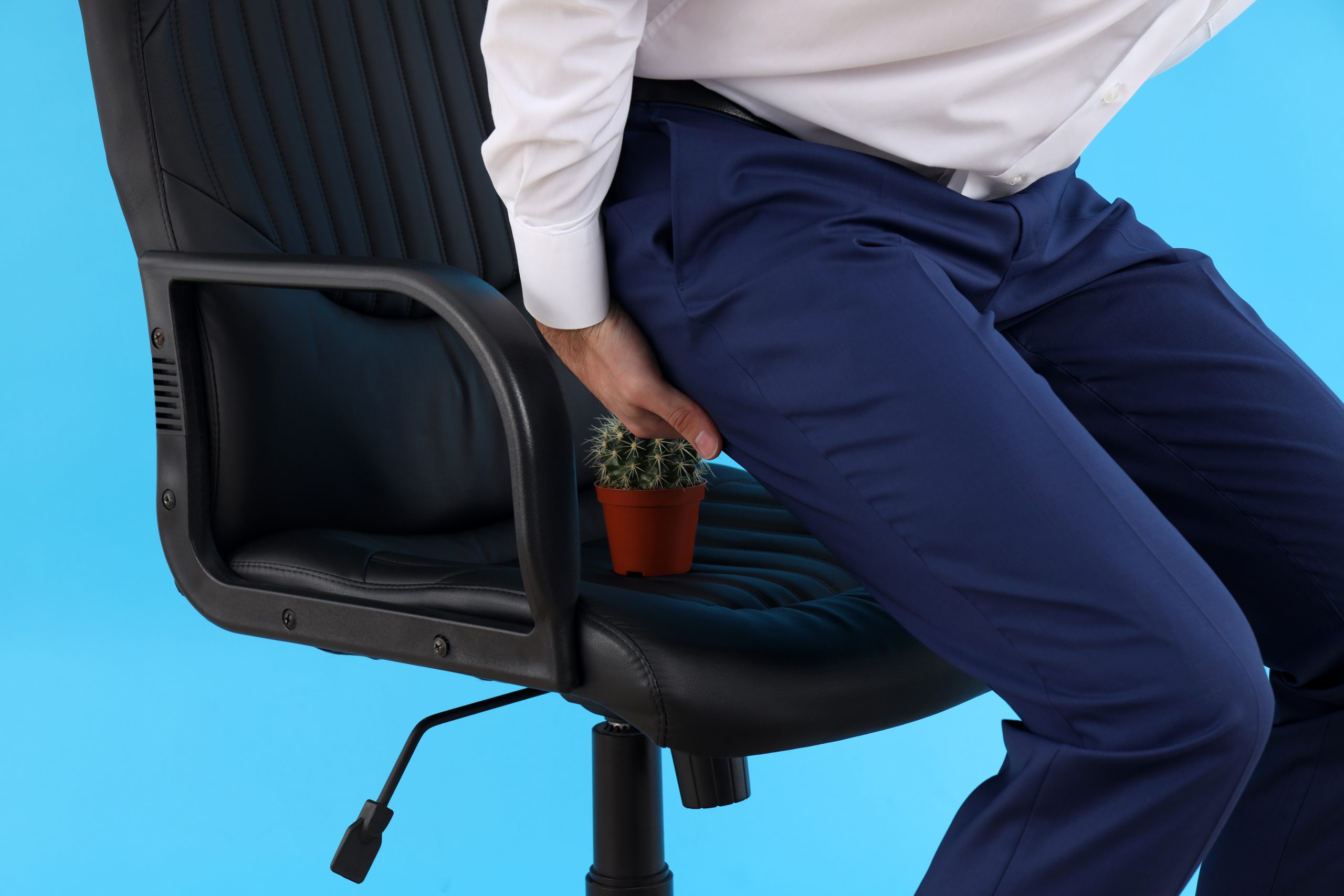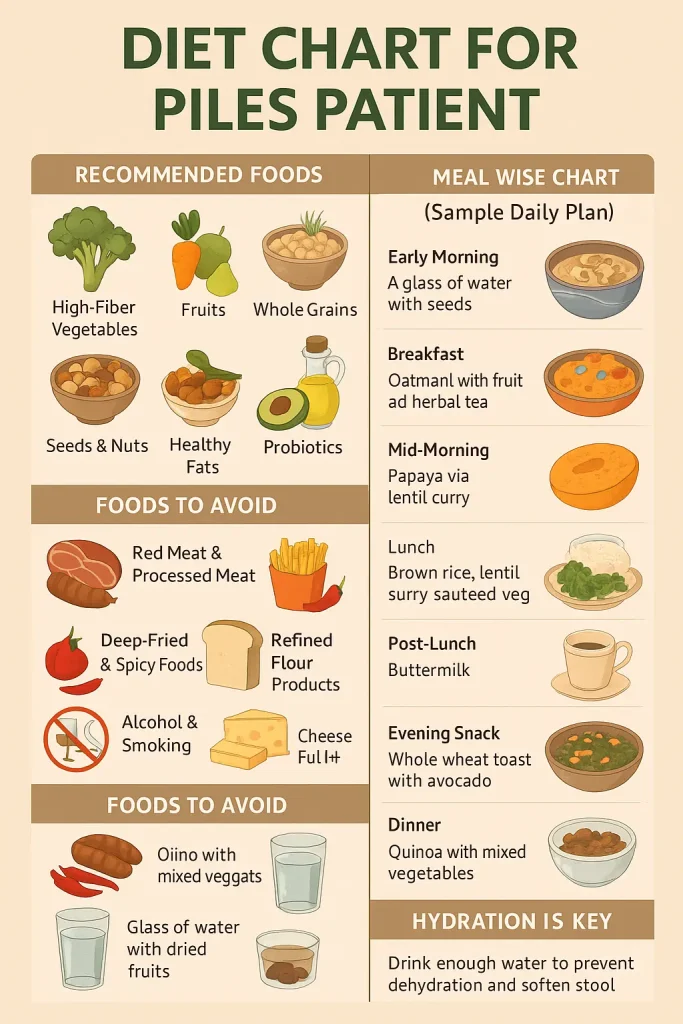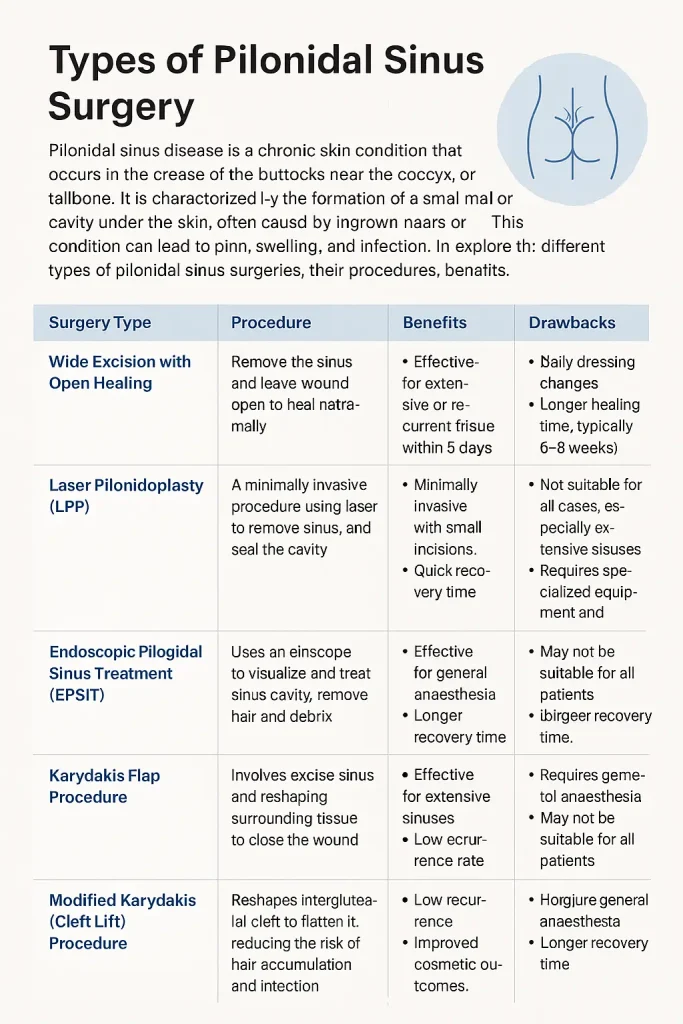Cardiovascular diseases remain a leading cause of morbidity and mortality worldwide. Among the diagnostic and therapeutic procedures employed in cardiology, angiography and angioplasty are frequently utilised. While they are interrelated, understanding the difference between angiography and angioplasty is crucial for patients and caregivers alike.
What is Angiography?
Angiography is a diagnostic imaging technique used to visualise the inside of blood vessels and organs, particularly the arteries, veins, and heart chambers. It helps in identifying blockages, abnormalities, or other vascular conditions.
Procedure:
- Preparation: The patient is advised to fast for several hours before the procedure.
- Catheter Insertion: A thin, flexible tube called a catheter is inserted into a blood vessel, usually in the groin or arm.
- Contrast Dye Injection: A contrast dye is injected through the catheter to make the blood vessels visible on X-ray images.
- Imaging: X-ray images are taken to assess the blood flow and identify any blockages or abnormalities. verywellhealth.com
Uses:
- Detecting coronary artery disease.
- Evaluating blood flow to organs.
- Identifying aneurysms or vascular malformations.
- Planning for surgical interventions.
What is Angioplasty?
Angioplasty, also known as percutaneous transluminal angioplasty, is a minimally invasive procedure used to open narrowed or blocked blood vessels, especially coronary arteries. It often follows an angiography if a blockage is detected.
Procedure:
- Preparation: Similar to angiography, fasting is required.
- Catheter Insertion: A catheter with a deflated balloon at its tip is inserted into the affected artery.
- Balloon Inflation: The balloon is inflated at the site of the blockage, compressing the plaque against the artery wall.
- Stent Placement: Often, a stent (a small wire mesh tube) is placed to keep the artery open.
- Balloon Deflation and Removal: The balloon is deflated and removed, leaving the stent in place. addmoretolives.com+17medicalnewstoday.com+17healthline.com+17verywellhealth.com
Uses:
- Treating coronary artery disease.
- Relieving symptoms like chest pain (angina).
- Reducing heart muscle damage during or after a heart attack.
- Improving blood flow to the heart, verywellhealth.com
Key Differences Between Angiography and Angioplasty
Understanding the difference between angiography and angioplasty is essential:
| Aspect | Angiography | Angioplasty |
|---|---|---|
| Purpose | Diagnostic – to visualize blood vessels | Therapeutic – to open narrowed or blocked arteries |
| Procedure Type | Imaging technique | Interventional procedure |
| Use of Contrast Dye | Yes | Yes |
| Use of Balloon/Stent | No | Yes |
| Duration | Approximately 30 minutes | 1 to 2 hours |
| Hospital Stay | Usually outpatient or short stay | May require overnight stay |
| Recovery Time | Short, minimal restrictions | Longer, with activity limitations for a few days |

Indian Diet Chart After Angioplasty
Post-angioplasty care is vital for recovery and preventing future cardiac events. A heart-healthy diet plays a significant role. Here’s an Indian diet chart after angioplasty to guide patients: sahyadrihospital.com
Early Morning (6:30 AM – 7:00 AM):
- Warm water with lemon juice.
- A handful of soaked almonds or walnuts.
Breakfast (8:00 AM – 9:00 AM):
- Oats porridge with skimmed milk.
- Whole grain toast with low-fat paneer.
- Fresh fruit like papaya or apple.
Mid-Morning Snack (11:00 AM):
- Buttermilk or coconut water.
- A small bowl of mixed fruits. medicalnewstoday.com
Lunch (1:00 PM – 2:00 PM):
- Brown rice or whole wheat roti.
- Mixed vegetable curry with minimal oil.
- Green salad with olive oil dressing.
- Low-fat curd. bpincontrol.in
Evening Snack (4:00 PM – 5:00 PM):
- Green tea or herbal tea.
- Roasted chana or a handful of nuts.
Dinner (7:00 PM – 8:00 PM):
- Vegetable soup.
- Grilled fish or tofu.
- Steamed vegetables.
- Whole wheat roti.
Bedtime (9:00 PM – 10:00 PM):
- A glass of warm skimmed milk.
This Indian diet chart after angioplasty emphasises low-fat, high-fibre foods rich in antioxidants, aiding in heart health and recovery.
Life Expectancy After Angioplasty
A common concern among patients is the life expectancy after angioplasty. While angioplasty improves blood flow and reduces symptoms, long-term outcomes depend on various factors:
- Lifestyle Changes: Adopting a healthy lifestyle, including regular exercise, a balanced diet, and stress management, can significantly improve longevity.
- Medication Adherence: Taking prescribed medications to manage cholesterol, blood pressure, and other conditions is crucial.
- Regular Follow-ups: Routine check-ups help monitor heart health and detect any issues early.
- Managing Comorbidities: Controlling diabetes, hypertension, and other related conditions is essential.
Studies suggest that with proper care, patients can lead a normal life span post-angioplasty. However, neglecting lifestyle modifications and medical advice can increase the risk of recurrent cardiac events.
Frequently Asked Questions (FAQs)
Q1: Can angiography and angioplasty be performed simultaneously?
Yes, if a blockage is detected during angiography, angioplasty can be performed immediately to restore blood flow.
Q2: Is angioplasty a permanent solution?
Angioplasty addresses current blockages but doesn’t prevent new ones. Lifestyle changes and medication are essential to prevent future issues.
Q3: Are there risks associated with angioplasty?
Like any procedure, angioplasty carries risks such as bleeding, infection, or re-narrowing of the artery. However, it’s generally safe and effective.
Q4: How soon can one resume normal activities post-angioplasty?
Most patients can return to regular activities within a week, but it’s essential to follow the doctor’s advice.
Q5: How often should one undergo angiography?
Angiography is performed based on symptoms and the doctor’s recommendations. Routine check-ups and non-invasive tests often suffice for monitoring.
If you or a loved one is experiencing symptoms of heart disease, don’t delay. Trust Kolekar Hospital for reliable and compassionate Angioplasty Surgery in Chembur.
![]()





